Chronic Pain – Healing with Release
Healing with release is based on the fundamental idea, backed by research, that stress, tension and trauma are both psychological and physical. Twentieth-century science is moving forward to a better understanding of the body’s deterioration. Hans Selye recognized that physiological disease could arise from psychological causes, such as stress (Somatic viewpoint). The pathology of chronic pain is associated with numerous losses such as a decline in physical fitness, disturbance of sleep, strained relationships, loss of energy and fatigue. Social isolation, loneliness and anger are often evident in people suffering from chronic pain. These negative emotions exacerbate pain and increase suffering. An estimated 33 to 35 million U.S. adults are likely to experience depression at some point during their lives.

In 2011, in the USA alone, a hundred million Americans suffer with chronic pain and the cost of lost wages translated to $ 600 billion due to employees with chronic pain calling in sick because of a pain–related condition such as:
- Headache—$14 billion, only $1 billion of which consists of health care costs (Hu et al., 1999), partly because most people with migraine stop seeking medical care for the condition (Silberstein, 2010)
- Arthritis—$189 billion, less than half ($81 billion) of which is for health care costs (Yelin et al., 2007)
- Spine problems—$2,500 average in incremental medical costs (Martin et al., 2008); and low back problems—$30 billion (Soni, 2010) Opioid pain medication use presents serious risks, including overdose and opioid use disorder
- Between 1999 and 2015, more than 183,000 people in USA died from overdoses related to opioids.
By having a flexible spine with strong hips and thighs, the human body is ideally designed for movement such as walking, running, squatting, and claiming- throwing objects and swimming. Unfortunately, during the course of a person’s life, the sensory-motor nervous system continually responds to daily stresses and traumas with specific muscular reflexes. These reflexes, triggered repeatedly, create habitual muscular contractions which cannot be relaxed–at least not voluntarily.
If stressed, traumatized, overused and repetitively used muscles are required to continue to work, the muscle begins to tighten. Once this happens the contraction of the muscle constricts the blood vessels. This reduction of blood flow reduces the oxygen to the tissue. Once a tissue is oxygen deprived, it will shut down and tighten more. This creates a negative pattern of tension, oxygen deprivation, and more tension that ultimately results in rigid muscle tone. This results in one’s postural misalignment and muscular asymmetry with symptoms such as:
- Chronically hard, tight muscles
- Chronic tightness or chronic inflammation of a tendon(tendinosis)
- Chronic joint tension or chronic inflammation
- Limited range of motion in a joint
- Impingement of a nerve resulting in numbness or a tingling sensation
- Compression of a disc resulting in neck or back pain
- Muscle weakness in one area especially if the muscle feels tight
- Consistent muscle cramping
- Joint instability while performing daily tasks
- Recurring muscle strain or injury to the same muscles
Muscles needed to perform regular, daily tasks (such as sitting and standing) are what we call “functional muscles”. It is more important in daily life to have functional muscles than it is to have big, hard muscles. Functional muscles require more endurance than pure strength. The focus of restoring to maintain a healthy body is to increase the endurance of those muscles which are needed to function throughout the day.
The exercises which safely activate a natural reflex mechanism calming down the nervous system which releases muscular tension are based on restoring blood flow and oxygen to tissue.
Muscular tension release can be done by manual pressure that is applied to the most superficial layer of tissue where dysfunction appears (pain, tension or rigidity). Once the tight tissue is stimulated, blood flow to the area increases and the tight tissue will become suppler. This allows the therapist to access the next layer of tissue without applying excessive pressure. This pattern is repeated until all layers of dysfunctional tissue are restored and the tight, rigid tissue is replaced with supple and mobile tissue. Supple and mobile tissue will be free of pain and have a greater range of motion.
The ability to release muscular tension independently one must learn how to align their body and mind while experiencing an alert but relax state of awareness. The SykorovaSynchro Method℠ is a phenomenal educational tool with positive impacts to patients mentally, physically and emotionally and has three stages/ progressive levels:
- To balance function of sensory-motor cortex via sensory stimulation mental imagery (sometimes called visualization, guided imagery), progressive muscular relaxation and control breathing. Result is relaxed but alert state of awareness.
- To enhance sensory integration/ awareness of somatic movement (movement regulated by feeling, mental imagery, sensation). Result is ability to perform somatic/ intuitive movement.
- Ability to perform conscious exercises – via mental imagery, sensation. Positive result is in neuro muscular conditioning/ function – postural improvement, balance, coordination, flexibility and agility.
Research has shown that when we imagine an experience, we often have similar mental and physical responses to those we have when the event actually happens. For example, if one recalls an upsetting or frightening experience, she/he may feel their heart beating faster, may begin to sweat, and hands may become cold and clammy.
In life it is very important to minimize the negative effects and maximize the healthy, healing aspects of the mind–body connection. Each person has a unique capacity for getting better, healthier, achieving peak performance and recovering from injury.
The mind-body connection means that one can learn to use his/her thoughts to positively influence the body’s physical responses, to create abilities to be aware of their own thoughts and actions in the present, without judging them self.
Physical activity has the potential to be not just an activity of the body, but a whole body-mind-spirit system. Exercise can create a unique, beneficial mental state; and the positive mental state can enhance the benefit of exercise as a part of muscular release tension plan, which reinforces the perception that exercise is just an out of body experience. We have to remember, that our bodies are made to feel good and has abilities to heal.
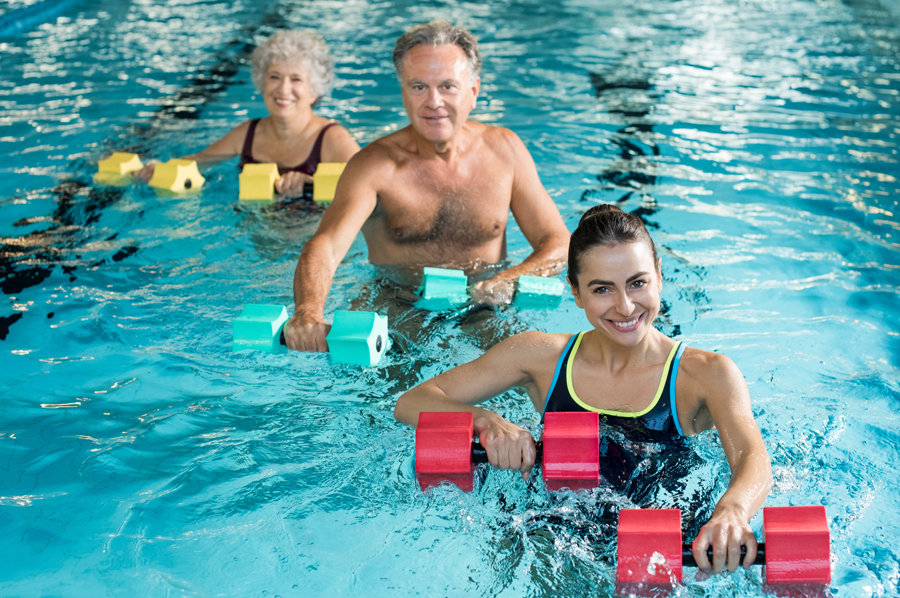
A unique water exercise program based and structured on those principles will teach you to release tension, increase mobility and build endurance in muscles, tendons and joints. Those physical exercises are performed with an intense focus to utilize four principles such as breathing, proper form, control and concentration.
- Exercise is performed with controlled breathing that utilizes full inhalations and full exhalations that follow a specific number of counts or rhythm. The goal is to learn how to breathe at a pace of 6 breaths a minute, about 3 or 4 seconds inhaling and 6 or 7 seconds exhaling. Once we have the slow, deep breathing accomplished, we don’t have to worry about counting and imagine breathing out any tension in the body or thoughts that get in the way of comfort and relaxation. The benefit of the water environment is tremendous. Hydraulic pressure increases human vital capacity in shoulder depth immersion 7x more than air, which promotes deep breathing and natural relaxation.
- Exercise is performed with proper form or in precision. Quality of movement counts more than quantity in a mind-body exercise. Precision requires mental control. The mind has to be wholly focused on the purpose of the exercises as you perform them. The sensation of water on the skin is enhancing biofeedback’s, which helps with proper form greatly.
- Neuromuscular exercise always involves the control and balance of your own body-weight. In water exercise we have interplay between gravity and buoyancy, weight and weightlessness. Control of the body can become challenging and at the same time very beneficial for overall success. By implementing movement patterns in a variety of directions, we stimulate and enhance balance, coordination, and flexibility, and inspire the neuromuscular system to become more expansive and creative. Moving in different speeds is an aspect of our physical capabilities that must be practiced in order to maintain a sense of health and well-being.
- Releasing Movement is performed with intense concentration on yourself, in the present moment. The mind-body exerciser is focusing on his/her body rather than on the instructor, or on other participants. One should never be day dreaming about other things. The point-of-focus in a self- sensing exercise will differ from most other forms of physical exercise. One should be thinking about stabilizing, or anchoring, the area of the body that is NOT in motion. This is contrary to the usual Western method of trying to isolate the muscles that we perceive to be performing the movement.
Working as a health-fitness professional for the past 30 years, I am sensitive to the overall health of students/clients, and I continue to put research developments into practice. The focus in fitness these days for “Active Aging”, “Athletic Recovery”, “Chronic Pain Management”, “Healing with Release” are functional exercises – exercises that simultaneously use multiple muscles and joints to improve muscular endurance, overall strength, coordination, balance, posture and agility – to get a challenging, effective and fun full-body functional workout as well as prepare the body for every day, real world activities.
Reprinted with permission from Dr. Maria Sykorova Pritz and the Aquatic Exercise Association (AEA). The AEA is the leading educational agency in water fitness and is reaching health-fitness professionals in aquatic field. This article first appeared in the August/September 2018 issue of their AKWA magazine.
Dr. Maria Sykorova Pritz Ed.D earned her doctorate in education (specialty in Physical Education and Sports) from University Comenius in Bratislava, Slovakia. Maria is an ATRI faculty member, member of AEA Research Council, author of health fitness articles and FLS CE class, presenter for national and international fitness conferences. In her 32 years of professional career Maria is combining academic knowledge with hands on experience in functional fitness, pain management via land based and aquatic fitness. Maria’s unique training method (SykorovaSynchro Method℠) involves integration of multidisplinery techniques to achieve overall health and optimized performance. Maria is an ATRI faculty member, member of the AEA Research Committee, FLS continuing education developer, author and presenter.
Resources:
- BURDENKO I, MILLER J. (2001) Defying Gravity. www.Burdenko.com.
- GREGOR T., SYKOROVA PRITZ M.: (2008) Pain management and psychophysical conditioning through water exercise. Revue Mediciny v praxi, Bratislava, MAURO Slovakia s.r.o. Rocnik 6, cislo 1, 2008, s.29, 30, 38 ISSN 1336-202X
- Discovery writers. (2013): Mind – Body Exercise Connection. Discovery Fit &Health; http://health.howstuffworks.com/wellness/diet-fitness/information/mind-body-exercise-connection.htm
- INSTITUTE of MEDICINE (2011): Relieving Pain in America. A Blueprint for Transforming Prevention, Care, Education, and Research
- JOHNSON, L.S.(2009):”Therapist’s Guide to Posttraumatic Stress Disorder Intervention”, Academic Press is an imprint of Elsevier, San Diego, California, USA.Page146-148, ISBN:978-0-12-374851-5
- RAMSEY L. (2018): As America fights opioid addiction, the healthcare system is failing people who live with chronic pain: http://www.businessinsider.com/people-with-chronic-pain-during-opioid-crisis-2018-1
- SYKOROVA PRITZ, M. (2007):” The effect of water exercise on selected aspects of overall health on a fibromyalgia population”. Aquatic Fitness Research Journal, October 2007, Volume 4, Issue 2, Nokomis, Florida, USA: Aquatic Exercise Association. page. 6-13
- SYKOROVA PRITZ, M. (2018):” Healing with Release” AKWA: Volume 32, No 2; Brunswick GA. USA; Aquatic Exercise Association, page 31-33,ISSN: 1536-5549
- STOLNICK, D.: (2000-2008) Looking for joint pain relief. Vilage Inc.
- VAN HOUDENHOVE, B, – EGLE, U, – LUYTEN, P. (2005): “The role of life stress in fibromyalgia”, Curr Rheumatol Rep. 2005 Oct; 7(5):365-70.
- THEARMAN, B.H.: (2007) Simple solutions to Chronic Pain. New Habringer Publication, Inc. ISBN-13: 978-1-57224-482-5.


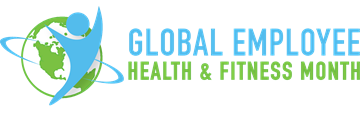

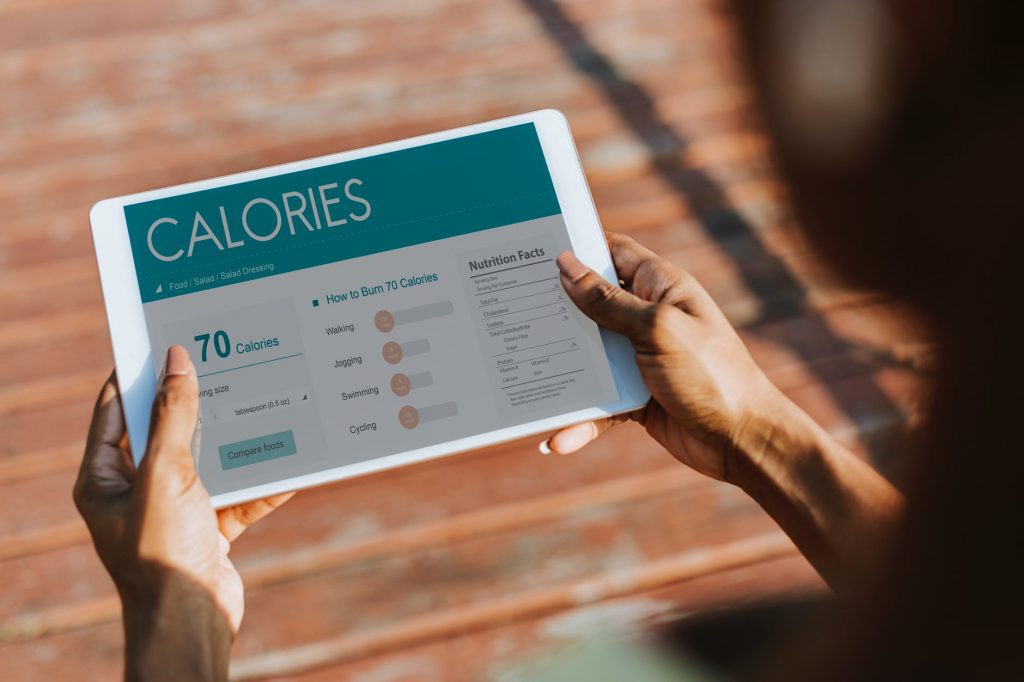 For most of the past 40 years, dieters have been told to limit dietary fat, believing it leads to obesity and heart disease. Today, dieters hear messages to indulge in a very high-fat (ketogenic) diet and limit the carbohydrate-based foods that fueled their low-fat diet. Confusing, eh? The bottom line is: calories count. You can lose weight by limiting carbs and/or fat. Let’s look at the weight management picture, as we understand it to date. (Nutrition is an evolving science!)
For most of the past 40 years, dieters have been told to limit dietary fat, believing it leads to obesity and heart disease. Today, dieters hear messages to indulge in a very high-fat (ketogenic) diet and limit the carbohydrate-based foods that fueled their low-fat diet. Confusing, eh? The bottom line is: calories count. You can lose weight by limiting carbs and/or fat. Let’s look at the weight management picture, as we understand it to date. (Nutrition is an evolving science!) You have undoubtedly heard people rave about the keto diet. This very rigid high fat, low carb food plan with more than 70% of the calories from fat and less than 5% of the calories from grains, fruits and veggies is touted to reduce weight and risk for heart disease, diabetes, cancer, and Alzheimer’s. Here’s some food for thought on the current keto rage. You can figure out if you want to jump in or think twice.
You have undoubtedly heard people rave about the keto diet. This very rigid high fat, low carb food plan with more than 70% of the calories from fat and less than 5% of the calories from grains, fruits and veggies is touted to reduce weight and risk for heart disease, diabetes, cancer, and Alzheimer’s. Here’s some food for thought on the current keto rage. You can figure out if you want to jump in or think twice.
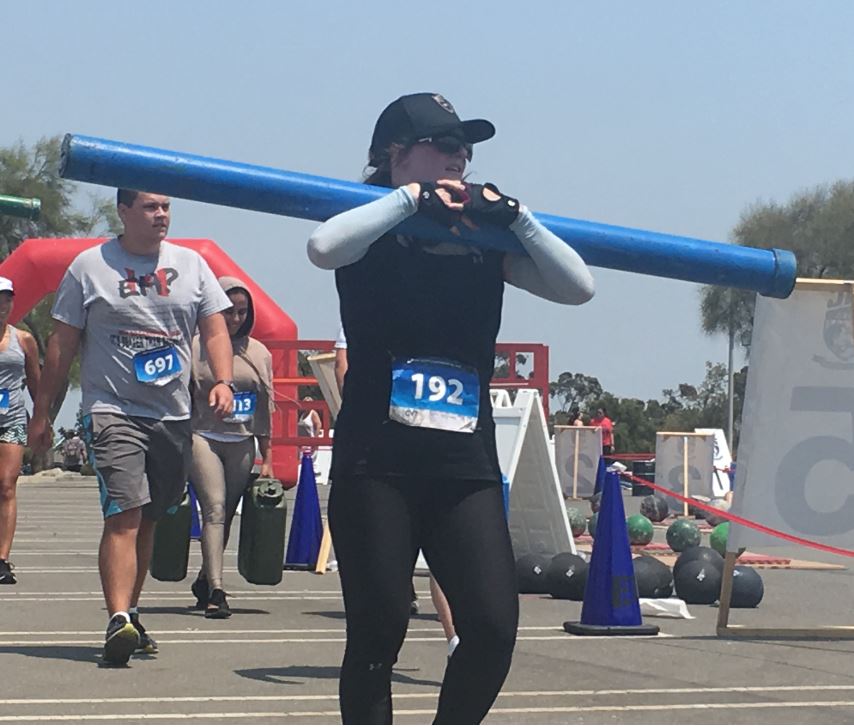

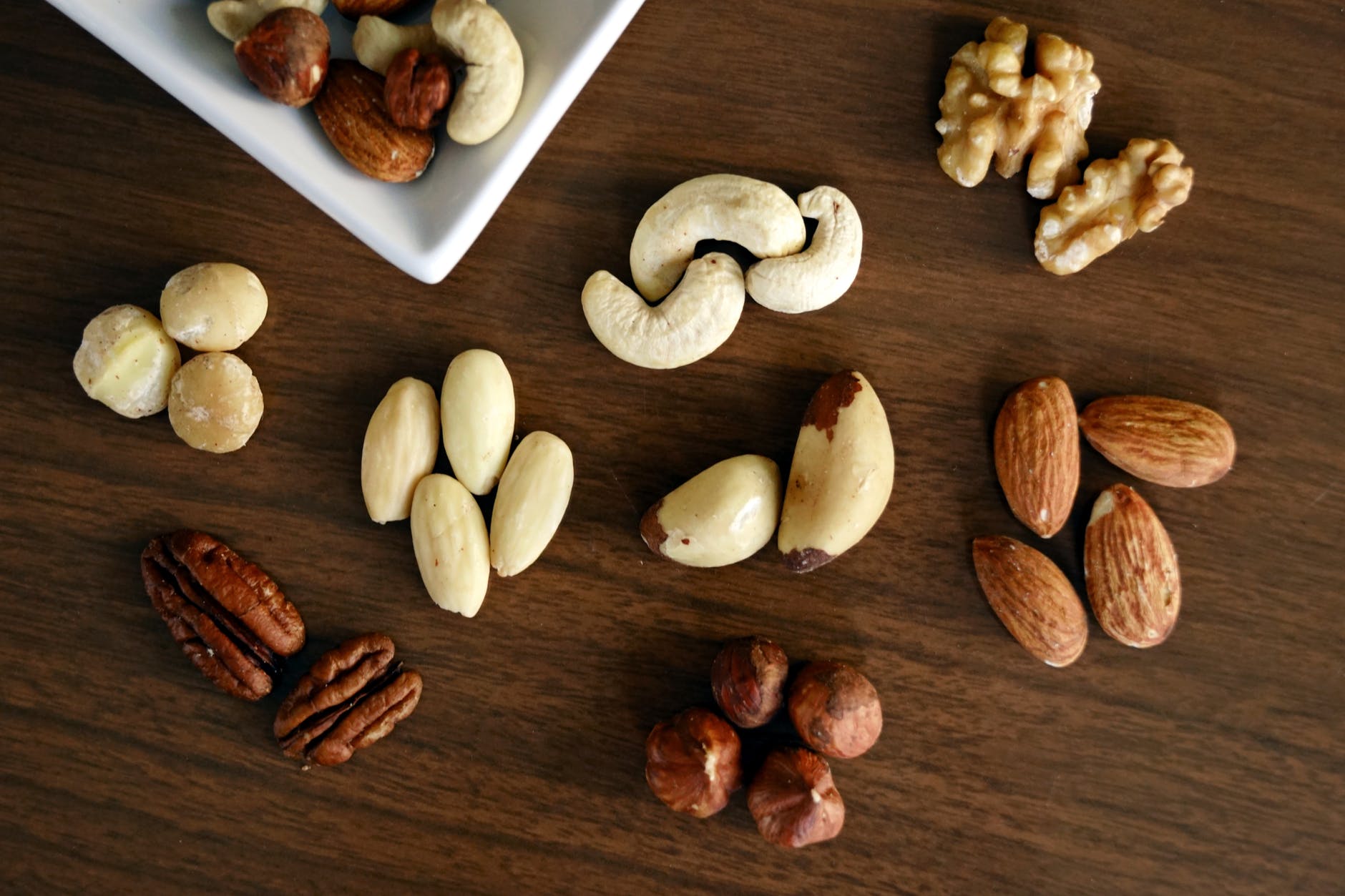
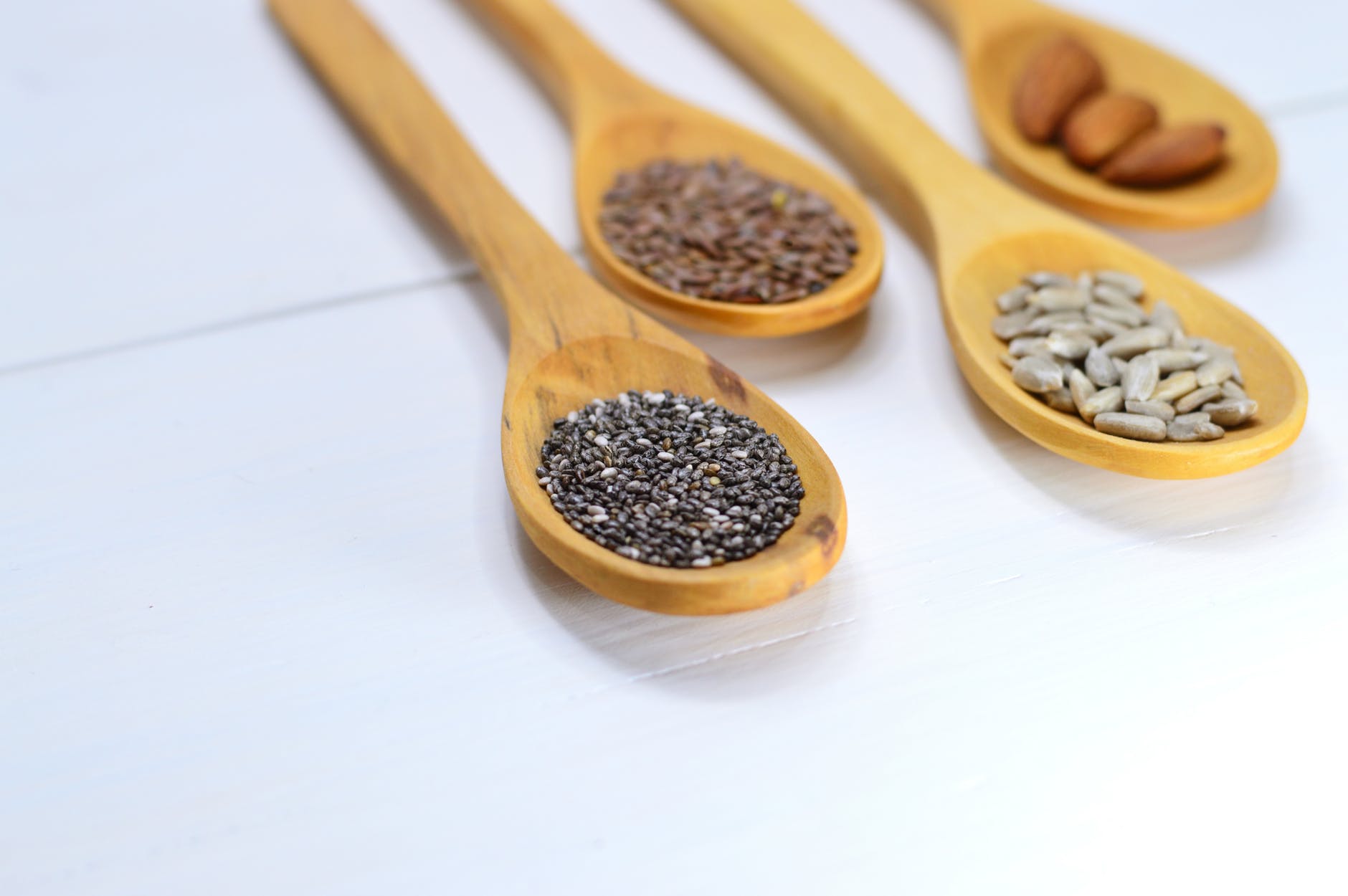


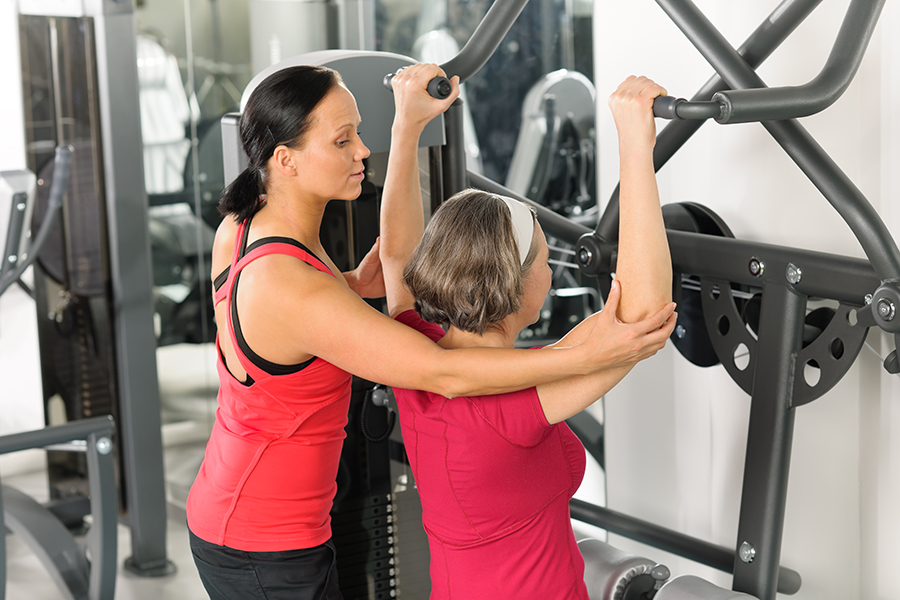
 Designing a Fitness Program
Designing a Fitness Program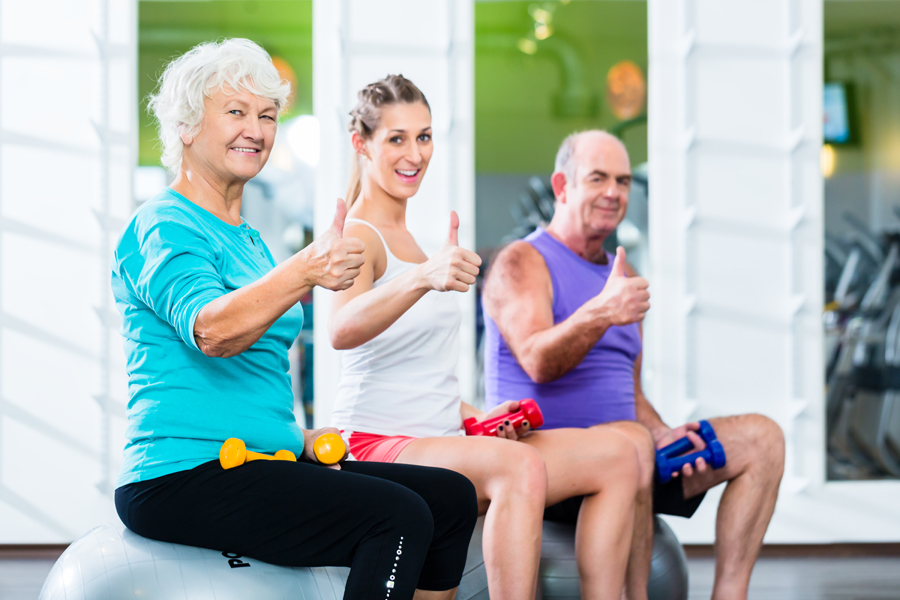 Plan of Action
Plan of Action